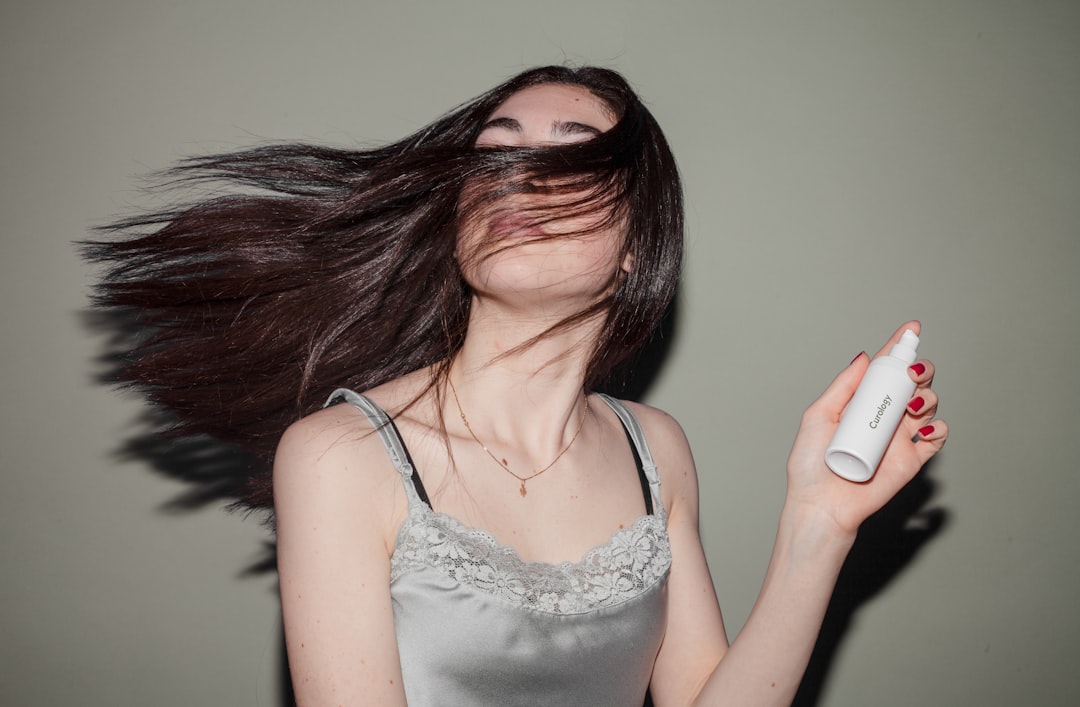Laser hair removal has emerged as a popular choice for those seeking a long-term solution to unwanted hair. This innovative technique utilizes concentrated beams of light to target and destroy hair follicles, effectively reducing hair growth over time. As you consider this option, it’s essential to understand how the procedure works and what to expect.
The laser emits a specific wavelength of light that is absorbed by the pigment in the hair. This absorption generates heat, which damages the follicle and inhibits future hair growth. Unlike traditional methods such as shaving or waxing, laser hair removal offers a more permanent solution, making it an attractive alternative for many.
Before undergoing the procedure, you should be aware of the various factors that can influence its effectiveness. Your skin type, hair color, and the area being treated all play significant roles in determining the success of the treatment. For instance, individuals with light skin and dark hair tend to see the best results, as the contrast allows the laser to target the hair follicles more effectively.
Additionally, multiple sessions are typically required to achieve optimal results, as hair grows in cycles and not all follicles are active at the same time. Understanding these nuances will help you set realistic expectations and prepare for your journey toward smoother skin.
Key Takeaways
- Laser hair removal targets hair follicles to reduce hair growth
- Plucking after laser hair removal can disrupt the hair follicle and reduce the effectiveness of the treatment
- Potential risks of plucking after laser hair removal include skin irritation and ingrown hairs
- Laser hair removal can result in finer and lighter hair regrowth over time
- Alternative hair removal methods include waxing, shaving, and depilatory creams
The Process of Plucking After Laser Hair Removal
After undergoing laser hair removal, you may find yourself wondering about the best ways to manage any remaining hair. While some individuals may experience a significant reduction in hair growth, others might still notice fine hairs that persist after treatment. In such cases, you might consider plucking as a method to remove these stray hairs.
However, it’s crucial to approach this process with caution. Plucking involves pulling hair out from the root, which can interfere with the results of your laser treatment. When you decide to pluck after laser hair removal, it’s essential to wait until your skin has fully healed from the procedure.
This healing period can vary from person to person but generally lasts about a week or two. During this time, your skin may be sensitive and prone to irritation. Once you feel confident that your skin has recovered, you can carefully pluck any remaining hairs.
However, it’s advisable to limit this practice to avoid disrupting the hair follicles that have been treated with laser technology. Over-plucking can lead to uneven regrowth and may even counteract the benefits of your laser sessions.
Potential Risks of Plucking After Laser Hair Removal

While plucking may seem like a straightforward solution for managing leftover hair after laser treatment, it does come with potential risks that you should be aware of. One of the primary concerns is skin irritation. After laser hair removal, your skin may be sensitive and inflamed, making it more susceptible to redness and discomfort when you pluck hairs.
This irritation can lead to complications such as ingrown hairs or even infections if proper hygiene is not maintained during the plucking process. Another risk associated with plucking after laser hair removal is the possibility of disrupting the hair growth cycle. Laser treatments target specific hair follicles during their active growth phase, and plucking can interfere with this cycle.
By removing hairs prematurely, you may inadvertently stimulate dormant follicles to enter a new growth phase, leading to increased hair regrowth in the long run. This could negate some of the benefits you gained from your laser sessions and result in a longer-term commitment to hair removal. Source: Healthline
Effects on Hair Regrowth
| Treatment | Effectiveness | Side Effects |
|---|---|---|
| Topical Minoxidil | High | Scalp irritation |
| Oral Finasteride | Moderate | Sexual dysfunction |
| Low-Level Laser Therapy | Low | No known side effects |
Understanding how plucking affects hair regrowth is crucial for anyone considering this method after laser hair removal. When you pluck a hair, you are removing it from its follicle, which can lead to a temporary reduction in visible hair. However, this does not necessarily mean that regrowth will be permanently inhibited.
In fact, plucking can sometimes stimulate nearby follicles that were previously inactive, leading to an increase in overall hair density in the treated area. Moreover, the nature of your hair growth cycle plays a significant role in how quickly you will notice regrowth after plucking. Hair grows in cycles that include phases of growth, rest, and shedding.
If you pluck hairs during their active growth phase, they may take longer to regrow compared to those that are in a resting phase. This means that while you may enjoy a brief period of smooth skin after plucking, it could be short-lived if other hairs begin to emerge shortly thereafter.
Alternative Hair Removal Methods
If you find that plucking after laser hair removal is not yielding the desired results or is causing irritation, there are several alternative hair removal methods worth considering. One popular option is waxing, which removes hair from the root similar to plucking but covers a larger area at once. Waxing can provide longer-lasting results than shaving and may be less irritating than plucking individual hairs.
However, like plucking, waxing should be approached with caution after laser treatment due to potential skin sensitivity. Another alternative is using depilatory creams, which dissolve hair at the skin’s surface. These creams can be effective for quick touch-ups but should be used with care on recently treated skin.
Always perform a patch test before applying any product to ensure that your skin does not react negatively.
This method involves using electrical currents to destroy individual hair follicles and can be effective for those looking for a long-term solution.
Tips for Post-Laser Hair Removal Care

Taking care of your skin after laser hair removal is essential for achieving optimal results and minimizing any potential side effects. First and foremost, it’s crucial to keep the treated area clean and moisturized. Use gentle cleansers and avoid harsh scrubs or exfoliants that could irritate your skin during the healing process.
Applying a soothing moisturizer can help alleviate any dryness or discomfort you may experience post-treatment. Additionally, protecting your skin from sun exposure is vital after laser hair removal. Your skin will be more sensitive to UV rays following the procedure, increasing the risk of pigmentation changes or sunburns.
Make sure to apply a broad-spectrum sunscreen with an SPF of at least 30 whenever you go outside, even on cloudy days. Wearing protective clothing or seeking shade can further safeguard your skin during this vulnerable period.
Consulting with a Professional
Before making any decisions about post-laser hair removal care or alternative methods of hair removal, consulting with a professional is highly recommended. A licensed dermatologist or certified laser technician can provide personalized advice based on your specific skin type and treatment history. They can help you understand what to expect after your sessions and guide you on how best to manage any remaining hair.
Moreover, if you experience any adverse reactions or prolonged discomfort after your laser treatment, seeking professional guidance is crucial. They can assess your condition and recommend appropriate treatments or adjustments to your aftercare routine. Remember that every individual’s skin responds differently to laser treatments; therefore, having expert insight can help you navigate your post-treatment journey more effectively.
Best Practices for Maintaining Results
In conclusion, maintaining the results of your laser hair removal requires careful consideration and attention to detail. Understanding the intricacies of post-treatment care is essential for ensuring that you achieve long-lasting smoothness without compromising your skin’s health. While plucking may seem like an easy fix for any remaining hairs, it’s important to weigh its potential risks against its benefits.
By following best practices such as keeping your skin clean and protected from sun exposure, consulting with professionals when needed, and exploring alternative methods if necessary, you can enhance your overall experience with laser hair removal. Ultimately, being informed and proactive about your post-treatment care will help you enjoy the full benefits of this innovative hair removal technique while minimizing any potential drawbacks along the way.
If you are considering laser hair removal, it is important to understand the proper aftercare to ensure the best results.




